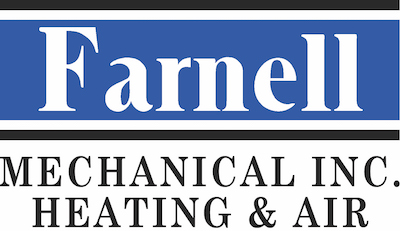A lot of homeowners only schedule air conditioning repair when their system breaks down. However, the truth is your air conditioner will often show signs of trouble before a complete breakdown that results in new AC installation. Understanding the warning signs and calling the experts at Farnell Mechanical, Inc. to address issues early can spare you the hassle and expense of a full AC system breakdown. More importantly, it can stop you from having to endure the hot and sweaty conditions created by having your AC break down when it’s scorching hot outside.
When you call us, our team of certified HVAC technicians will identify the problem, make the necessary repairs and get your AC back on track. We have a proven track record in the community and provide top-tier, affordable AC service for area residents.
Why put off calling the pros until your cooling system stops working? Skip all that hassle by calling today to schedule AC repair in Opelika, AL, from Farnell Mechanical, Inc..
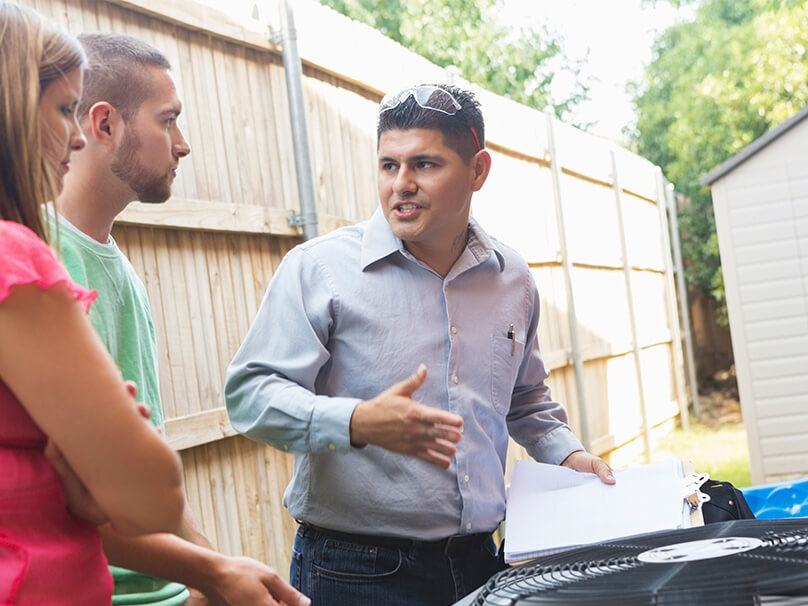
Signs You Need AC Repair
How can you tell if your air conditioner requires service? From a stinky smell to a lack of cool air coming from the vents, there are many indicators that your cooling system has an issue and needs diagnosis and repair.
Here are some red flags that trouble may be on the way and it’s time to call an HVAC technician from Farnell Mechanical, Inc.:
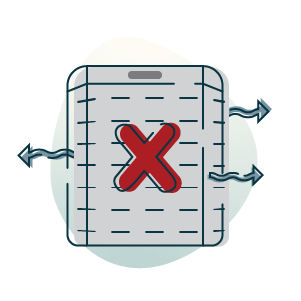
AC is blowing hot air
If warm air is blowing out of your AC unit instead of cool air, or if the air isn’t as cold as you’d like, it’s a good idea to call us for professional cooling service.
Air conditioning frequently turns on and off
If your AC system turns on and off instead of running consistently, it could be a sign of several problems and should be looked at by one of our certified HVAC technicians.
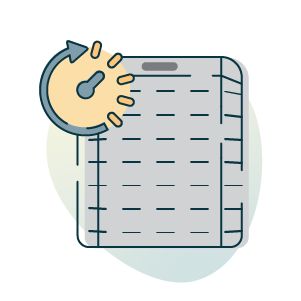
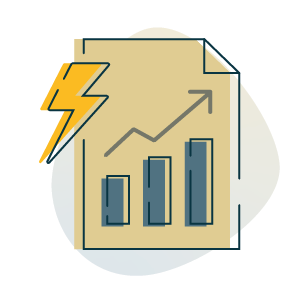
Monthly utility bills spike for no apparent reason
A big jump in your energy costs can be a sign your AC unit is not running efficiently, which means it uses more energy to maintain a comfortable indoor temperature and needs AC maintenance or repair.
Unusual smells are coming from your AC
Air conditioners should not stink. Unusual odors coming from your air conditioner should be evaluated by a professional, as they can be a red flag for issues like mold, mildew or even electrical issues.
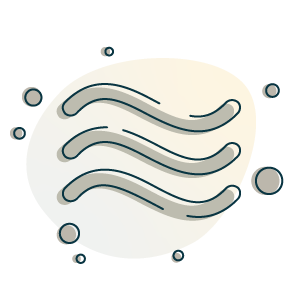
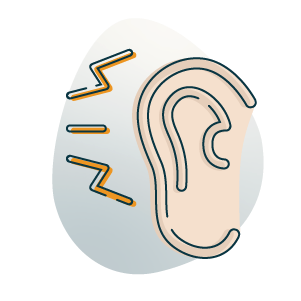
AC starts making noises
If you hear strange sounds when your AC system is running — clanking, rattling or screeching, to name just a few — it’s important to call for professional HVAC service to get to the bottom of the issue.
Request Professional Air Conditioner Repair Right Away
When you need air conditioning service without delay, reach the HVAC repair specialists at Farnell Mechanical, Inc.. We’ll promptly confirm the trouble when your equipment won’t work or provide adequate chilly air.
